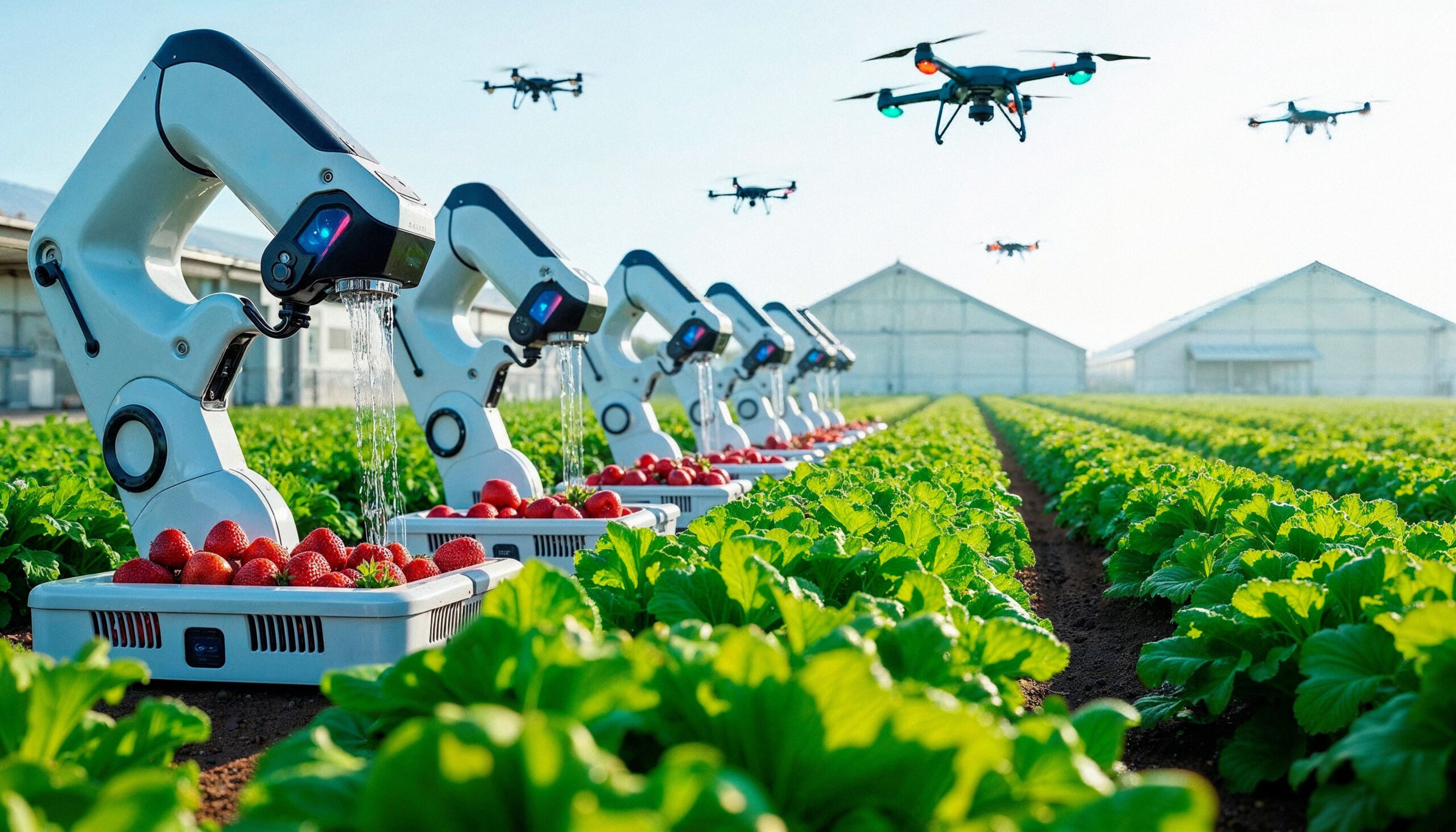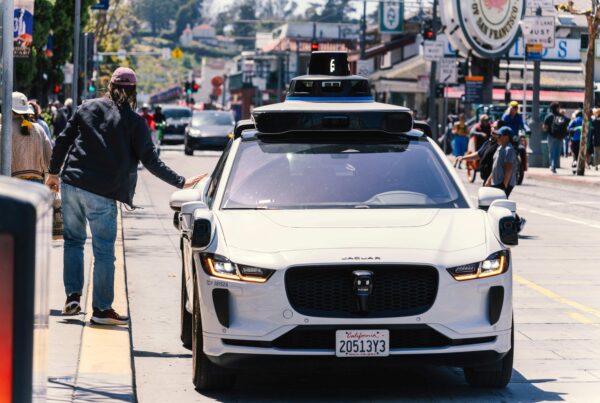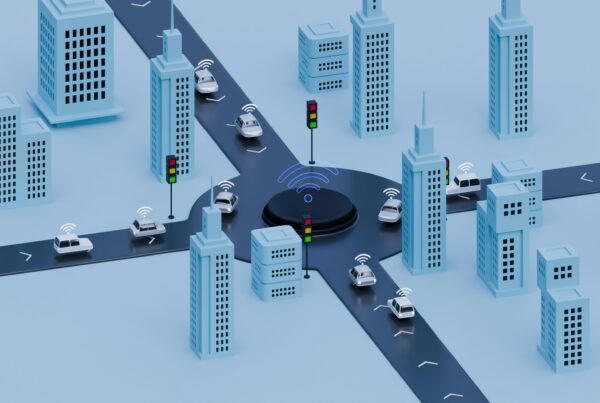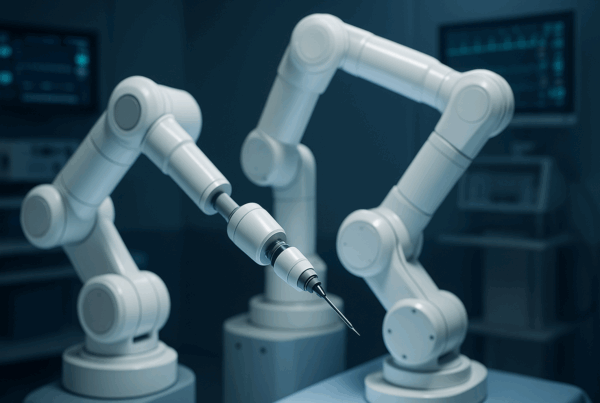Swarm Robotics: Rethinking Automation Through Collective Intelligence
What if the future of robotics isn’t one sophisticated machine, but many simple ones working together?
Swarm robotics, inspired by nature such as ants building colonies or birds flying in formation, is fundamentally changing how we think about automation. These systems don’t rely on central control. Instead, they adapt, self-organise, and collaborate to achieve complex objectives.
This concept is rapidly moving from research to real-world deployment.
Emerging Applications
-
Autonomous drone swarms supporting disaster response and search operations
-
Agricultural robots coordinating to monitor and manage large-scale crop systems
-
NASA exploring robotic swarms for lunar construction and exploration
Why Now?
-
Advances in edge computing and decentralised AI
-
Smarter, more affordable, and lightweight hardware
-
Mature algorithms capable of enabling real-time group behaviour
What Makes Swarms So Powerful?
-
Resilience: The system adapts even if individual units fail
-
Scalability: Capability grows with every new unit added
-
Efficiency: Simple, low-cost robots working together to solve complex problems
Swarm robotics is not just an engineering milestone. It represents a strategic shift. Moving from top-down control to decentralised collaboration, it transforms isolated machines into dynamic, intelligent systems.
For sectors like aerospace, defence, automotive, and smart infrastructure, this model could redefine what is possible in autonomous operations and system design.
Which industries do you think are ready to embrace this shift?







